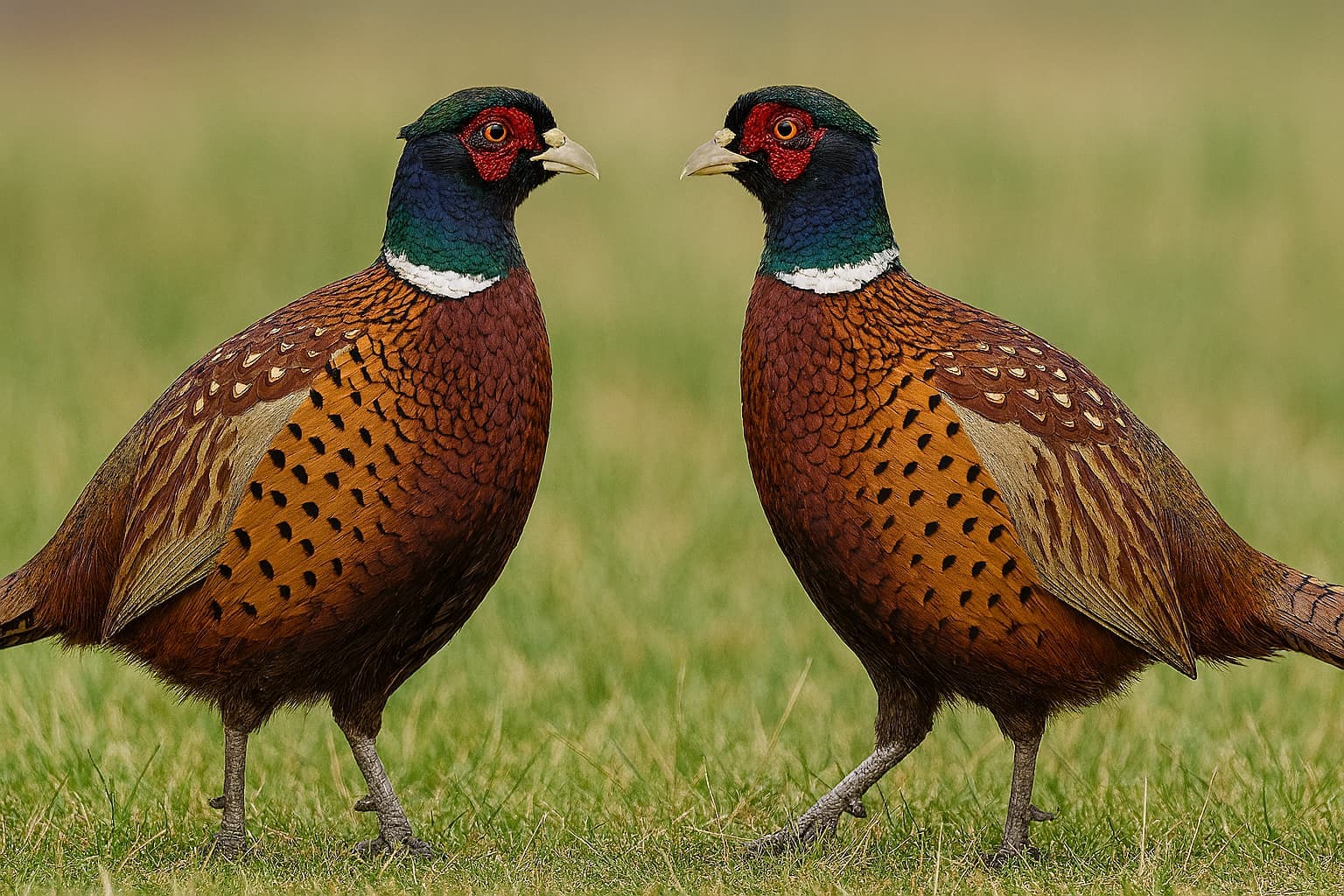Over-Handling Your Dog — When Does It Become a Fault?
We explore over-handling in gundog field trials. When does excessive handling become a fault, and how do judges assess it?

Practical J-Regs: Too Much Handling? When Control Starts to Count Against You
In field trials, good handling can rescue a tricky retrieve — but too much handling can raise questions about a dog’s game-finding ability.
In this article, we break down how the Kennel Club J Regulations treat over-handling, and where judges draw the line between skilled teamwork and over-direction.
🐕 Scenario: A Dog Completes a Retrieve — But Only with Constant Handling
You’re judging a Novice Retriever Field Trial. A bird is shot across a gully into light bramble. Dog 5 is sent for the retrieve.
The dog starts confidently but veers off line. The handler gives six or more whistles, followed by multiple hand signals and stops.
Eventually, the dog reaches the fall area and retrieves the bird cleanly.
🧑⚖️ Step-by-Step: How the J Regs Apply
📌 1. What’s the Role of Handling in Field Trials?
J(B)6 – Major Faults: “Overhandling” is listed as a major fault (not eliminating, but seriously marked down).
J(A)4.f: “A dog should be placed in accordance with its natural ability, steadiness, and use of nose — with control and quiet handling.”
✅ In other words, the best dogs find game with minimal intervention. Excessive handling signals a lack of:
- Confidence
- Marking ability
- Initiative
📌 2. When Does Handling Become Over-handling?
There’s no strict number of whistles — but judges look for:
- Repeated redirection
- Micromanagement (over-use of stops and casts)
- Obvious reliance on the handler to locate game
If the dog is not thinking for itself, it’s likely to be marked down.
🧠 Tip: The strongest performances combine a good mark with clean lines and minimal interference.
📌 3. Does It Matter If the Bird Is Found?
Yes — and no.
If the retrieve is completed, the dog is not eliminated, but:
- Its score is reduced
- It is unlikely to be placed above dogs that completed similar work with less help
Judges want dogs that take direction but also take initiative.
📝 Judges’ Book Example
- "Over-handled on marked retrieve — took 6+ commands to reach area — picked cleanly — major fault"
⚠️ Note: If the handling was required due to ground scent, wind, or cover, judges may offer leniency — but must be consistent.
🧑🏫 Handler Takeaway
Excessive handling is often the result of:
- Over-handling in training
- Lack of trust in the dog’s own nose
- Weak marking or poor initial lines
To avoid it:
- Train with more silent retrieves
- Reward initiative in the hunting area
- Let the dog problem-solve in complex ground
The handler’s job is to guide, not control every step.
🧾 Summary Table
| Situation | Outcome |
|---|---|
| Dog takes good line and picks cleanly | ✅ High mark |
| Dog requires 1–2 corrections but still hunts independently | ✅ Slight mark down |
| Dog requires constant handling to reach fall | ⚠️ Major fault — heavily marked down |
| Dog fails to respond to handling or ignores directions | ❌ Eliminated for lack of control |
📚 Further Reading
More from Applying the J-Regs
Continue exploring applying the j-regs articles

Wrong bird picked
A real-world gundog field trial example showing how the Kennel Club J Regulations apply. Learn how judges use the rules when dogs make mistakes or show exceptional work.

When a Dog Is Eye-Wiped — What Happens Next?
We explore what happens when a gundog is eye-wiped in a field trial. A clear breakdown of how the Kennel Club J Regulations apply to this crucial judging decision.

Vocal on a Line — Is It Elimination or Just a Mark Down?
We explore what happens when a gundog vocalises during a retrieve. When does noise become an eliminating fault, and when is it just poor style?